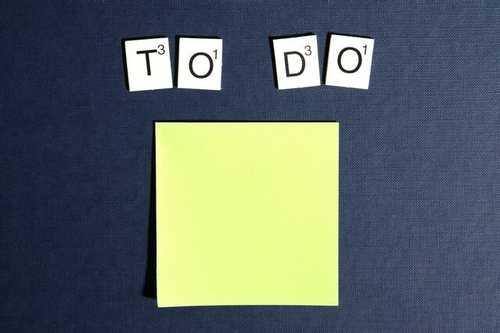Leading with a Change Checklist
Curated from: psychologytoday.com
Ideas, facts & insights covering these topics:
5 ideas
·592 reads
6
Explore the World's Best Ideas
Join today and uncover 100+ curated journeys from 50+ topics. Unlock access to our mobile app with extensive features.
Leading With Change
- Having a culture that can absorb change is essential in leadership.
- People need to trust who is leading the change to help understand the reason for it and trust that they will be successful.
- For change to be successful, top-down communication and bottom-up feedback are also essential.
21
352 reads
Have a Culture That Can Absorb the Change
- Culture is an evolving creature, and the aspects of culture to look for are:
- No change saturation (there isn’t too much already occurring)
- People feel empowered. That is, people can either adopt the change when they want, they are involved from the onset, and/or they can voice their concerns freely.
- You are in luck if you have an innovation culture, a fast-paced culture, or a culture that is excited by change.
If you don’t have these, consider what alternatives or postponements you can do to allow for a better environment for your change.
17
88 reads
Key People in Key Roles
People need to trust who is leading the change to help understand the reason for change and trust that they will be successful. The following people are needed:
- Senior leaders who support change
- An actual change team with training in change management
- Someone managing the project
- Someone managing the communications
- Specialists who know the changing process (IT/finance) or people (HR)
- Early adopters or advocates from the operations/business
An effective change leader does not need to be the top leader in the hierarchy. It needs to be someone who can influence, and people listen to.
18
53 reads
Customized Approach
For change to be successful, it needs to be tailored to the individual by building out a “what’s in it for me” approach:
- Identify different types of stakeholders based on how the change impacts them.
- Determine unique resistance for each stakeholder group and an appropriate mitigation plan for each resistance point.
- Develop a communications plan per stakeholder group (medium, frequency, messenger).
- Create a training plan per each stakeholder group (content, medium, instructor).
The change team themselves may be a group, as are senior leaders, people leaders, and HR.
17
42 reads
Over-Communicate
It is essential that communication happens in two ways. That is, there is top-down communication but also bottom-up feedback. To make this happen:
- Default communication to live discussion (e.g. face-to-face)
- Communicate frequently and consistently
- Ensure you talk to the quiet people
- Utilize existing structures/meetings to reduce adding additional work/change
- Be positive but realistic
- Place messages in the larger context, but tailor them to the individual
- Stay aligned with other leaders/departments/functions
19
57 reads
IDEAS CURATED BY
Aubree F.'s ideas are part of this journey:
Learn more about leadershipandmanagement with this collection
How to manage anxiety and self-doubt
Strategies for setting realistic goals
The importance of self-compassion and self-care
Related collections
Similar ideas
10 ideas
6 ideas
Five Rules for Leading in a Digital World
sloanreview.mit.edu
10 ideas
Mastering the connection between strategy and culture
strategy-business.com
Read & Learn
20x Faster
without
deepstash
with
deepstash
with
deepstash
Personalized microlearning
—
100+ Learning Journeys
—
Access to 200,000+ ideas
—
Access to the mobile app
—
Unlimited idea saving
—
—
Unlimited history
—
—
Unlimited listening to ideas
—
—
Downloading & offline access
—
—
Supercharge your mind with one idea per day
Enter your email and spend 1 minute every day to learn something new.
I agree to receive email updates

